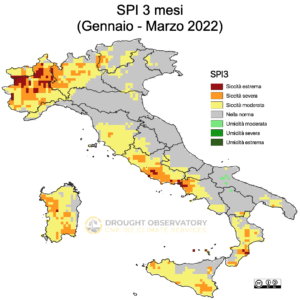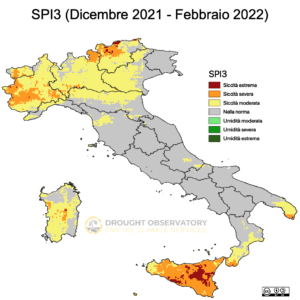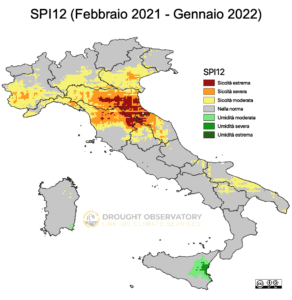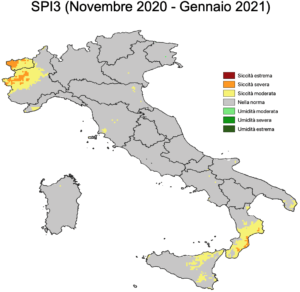drought observatory
Operational Services for decision makers, water management authorities and stakeholders
[monthly bulletins for Italy and Tuscany available in Italian ]
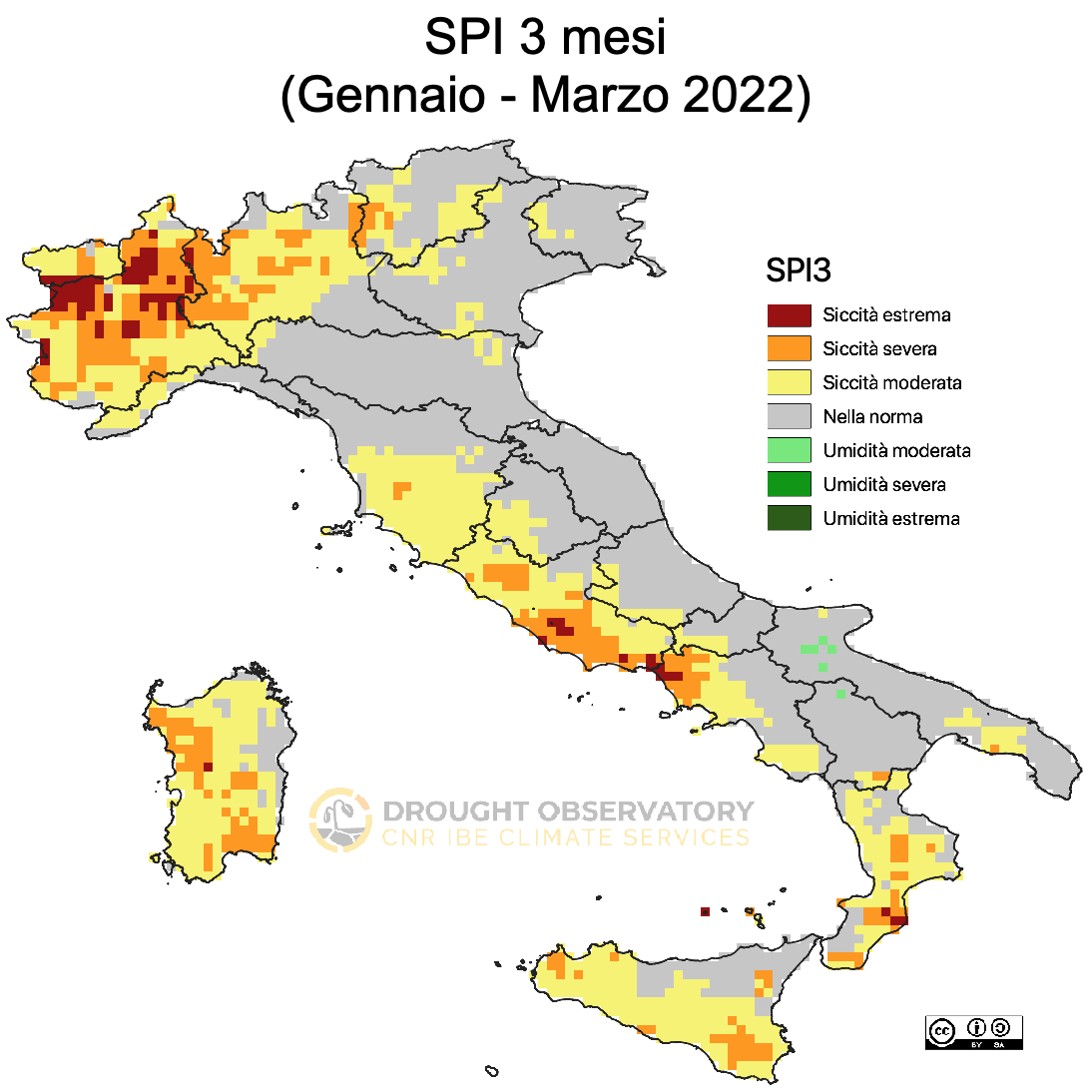
Situazione siccità Marzo 2022
La siccità sul Nord Italia persiste e si estende sul breve periodo anche a diverse aree del centro-sud. Sul lungo periodo il Nord-Ovest e la bassa Padana sono ancora le zone più colpite.

Situazione siccità Marzo 2022
La siccità sul Nord Italia persiste e si estende sul breve periodo anche a diverse aree del centro-sud. Sul lungo periodo il Nord-Ovest e la bassa Padana sono ancora le zone più colpite.
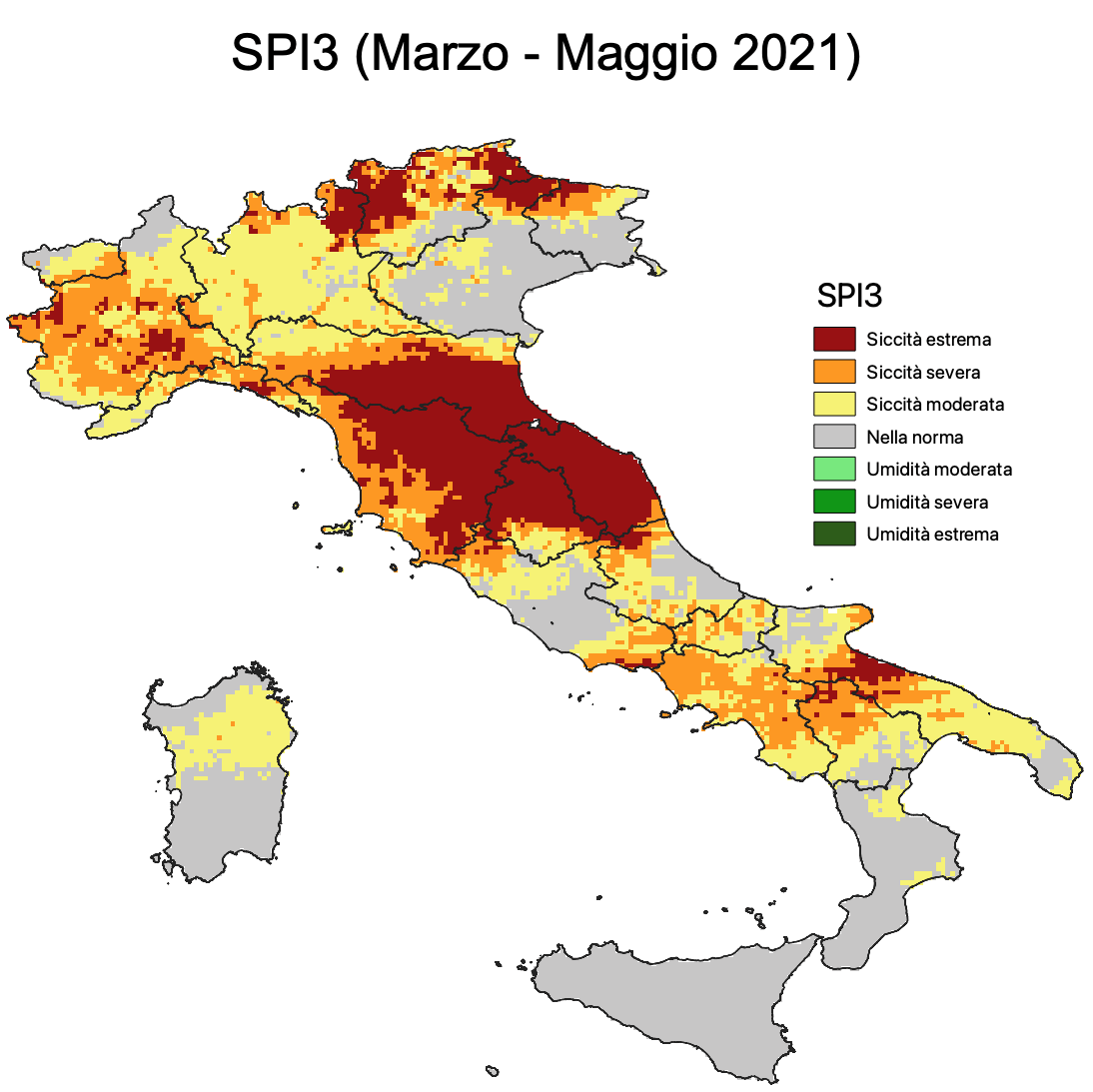
Situazione siccità Maggio 2021
piogge e temperature mensili Dal punto di vista delle precipitazioni Maggio è risultato più secco nelle province di Arezzo, Siena e Grosseto, pressoché nella norma
WEB GIS
WEB GIS DROUGHT
A WebGIS application based on open source solutions customized to integrate different datasets and share maps and graphs of drought indices with researchers, decision-makers and other stakeholders.
Different functions allow to select sections of territory or visualize the trend of the indices in a specific pixel.
Maps and graphs can also be downloaded in png format.

N.B. Due to the size of the images, it is possible to download sections of the vegetation indices smaller than the whole geographic window.
OPEN DATA
Through CKAN and GeoServer, a complete catalog to publish data and metadata in several formats and standard protocols. Spatial data can be integrated and reused by any third-party client applications.
API
The RESTful web service allows to integrate any client application data from the Drought Observatory Spatial Data Infrastructure. The RESTful APIs developed are made available on the GitHub platform.
Take the survey on drought
The drought
is A complex phenomenon
The complexity of the drought phenomenon requires the availability of a system as comprehensive and integrated as possible
to respond to the different users requests.
the Challenge
Increasing environmental resilience
Heat waves and droughts have important and increasing repercussions on physical, chemical and biological systems, and on some socio-economical aspects such as health, agriculture, natural ecosystems and tourism. One of the main challenge to cope with drought is to reduce the temporal gap between the onset and development of a dry period, and the response in managing drought-related emergencies.
A proactive Approach
Scientifically-based technical support to deliver simple, timely and reliable information
Although these extreme events require effective actions, policymakers and water users often show low preparedness because of the lack of a proactive approach consisting of monitoring and forecasting activities, mitigation measures and public education.
High Variability
Its intensity and spatial extent are extremely variable.
Long term impact
The impact on the environment and human activities can show up late and persist even after the end of the drought event.
Why a drought observatory
Drought monitoring supports a better resilience to reduce the impacts of drought events
Drought monitoring and forecasting system
Institute of BioEconomy of the National Research Council (IBE-CNR) created a system to provide a semi-automatic, detailed, timely and comprehensive operational service. This service, initially developed for Tuscany Region, supports decision makers, water authorities, researchers and general stakeholders.
Integration of ground-based and satellite data
Meteorological stations network, satellite images and models are integrated through an open source and interoperable SDI (Spatial Data Infrastructure) based on PostgreSQL/PostGIS to produce vegetation and precipitation indices to follow the occurrence and evolution of a drought event.
The Indices: Drought occurrences and trends
The system is based on a monitoring component and on a forecasting ones. It uses two type of indices:
- direct climate-based indices.
- indirect vegetation-based indices.
The SDI set up for the Observatory allows the dissemination of comprehensive, up-to-date information, customisable for different end users and delivered through different channels.
all SERVICES AND TOOLS

Open Data
A complete catalogue (CKAN and GeoServer) with data and metadata in different formats and standard protocols. Any third-party client applications can easily reuse the spatial data.

web gis
A customised Open Source WebGIS application to integrate different datasets and share maps of drought indices with researchers, decision makers and other stakeholders.

Monthly Updates
Monthly updates on Tuscan drought current and future conditions and local impacts, press releases and useful links. [The bulletin is issued only in Italian.]

RESTful APIs
RESTFUL APIs for data downloading, clipping and geoprocessing ensure the interoperability.

User Survey
The users’ survey collecting suggestions and needs on drought management and information, so to improve effectiveness of the drought operational services.

Glossary
A selected list of drought related keywords. Sources: EarthLabs, Intergovernmental Panel on Climate Change (IPCC), National Drought Mitigation Center (NDMC).
New technical improvements in the ICT infrastructure, coupled with scientific advances, allow a timely, ready-to-use and users-specific upgrading of the early warning communication.
THE SPATIAL DATA INFRASTRUCTURE
A Continuous Work-in-Progress.
SOA | OGC | PostgreSQL
A Service-Oriented Architecture (SOA) based on Open Geospatial Consortium (OGC) standards. Database-centred architecture, with PostgreSQL DataBase Management System.
Innovative Approach
The geographic data flows (from the download of remote sensing and climatic data to the storage of final indices) and all the related geoprocessing functions are integrated in a single environment.
Advanced Statistical Procedures
The integration of the PL/R (R Procedural Language) wrapper into the procedural language of PostgreSQL (PL/pgSQL) allowed the creation of advanced statistical procedures using R engine.
Conferences
Reducing the climate change impacts and increasing environmental resilience for agriculture, human well-being, and natural resources conservation.


